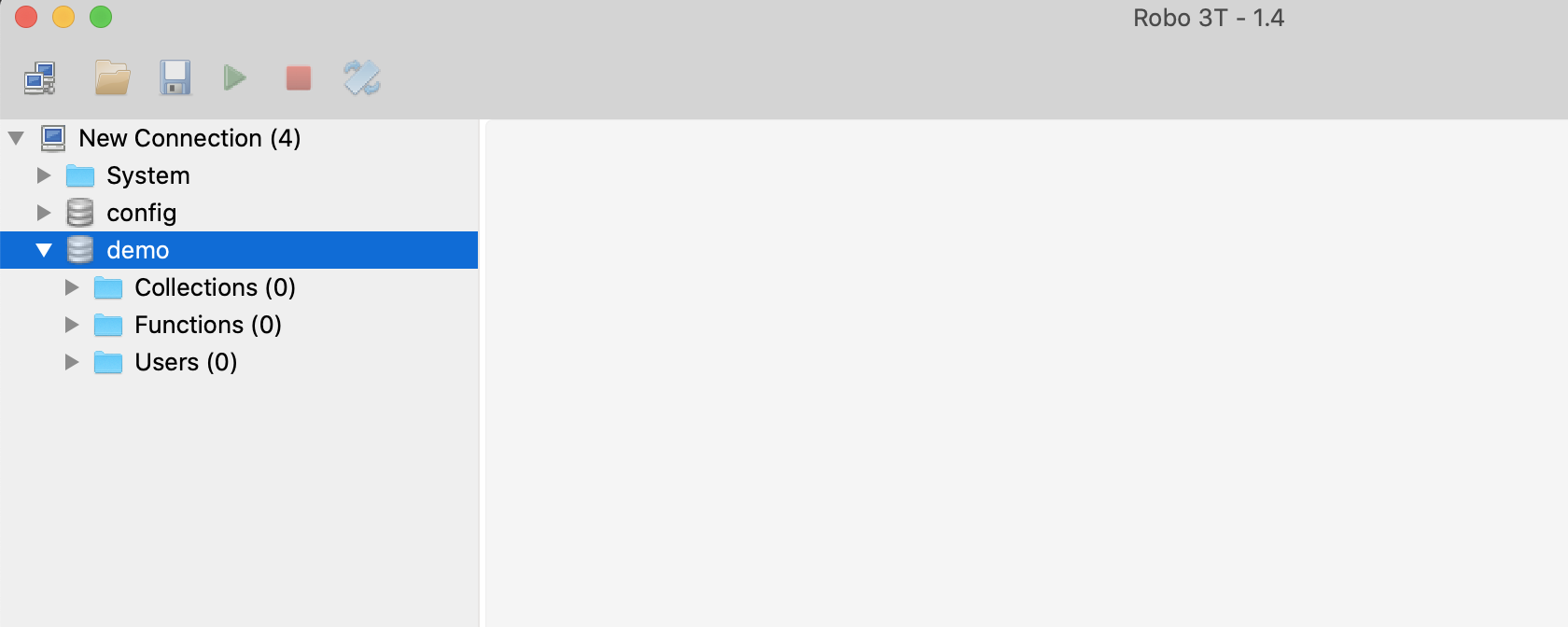

Each time when we call the Object ID, it creates a unique hexadecimal value. The object ID is a combination of time, random value and counter value. We can also extract the hexadecimal value as a string from the object ID. We can generate an object ID manually and we can also define a hexadecimal value according to our requirement. Object ID is treated as a primary key within the MongoDB collection and is generated automatically. In the following image, you can observe how it works. Type the fields to be added in JSON format. This will open the Insert Document > JSON window. Alternatively, use the shortcut Ctrl + D ( + D). Right-click on any cell while viewing a collection in Table, Tree, or JSON View. To extract the unique hexadecimal as a string from the objectID, you have to use “.str” as postfix. Insert MongoDB documents to a collection. When you call the Object ID, it will not return you the string, rather it will return you the whole method having the unique hexadecimal value. Thus it will return the same object ID by which we get to know that we can specify a particular hexadecimal value for an individual object ID.Ĭode y = ObjectId(“5bf142459b72e12b2b1b2cd”) In this scenario, we will define an object ID with a hexadecimal value as a parameter of the method.Īs you can observe, in the following image we are defining the value of “y” variable as a predefined object ID. In the above example, it’s just declaring the object ID without any parameter as a method. If you want to define your own unique hexadecimal value then MongoDB will enable you to perform this action. Each time it will return a unique hexadecimal value and when we call only the “x”, it will return the last stored hexadecimal value.įrom this experiment, we get to know that, each time when we call ObjectID, it will reserve a specific location within the virtual memory for a record. In the above image, you can observe that we are declaring an objectID method as a value for “x” variable multiple times. In the below image you can observe that we are declaring a variable having object ID method as a value and it will return unique hexadecimal. In simple words, we can say that object ID is a unique identifier for each record.
#CREATE A USER IN ROBO 3T DOWNLOAD#
Here are the tools we’ll need to build our APIs: Python 3.7 Postman Download here Mongo Database Documentation Robo 3T Download.
#CREATE A USER IN ROBO 3T UPDATE#
To create a new objectID manually within the MongoDB you can declare objectId as a method. In this tutorial, we are going to build a RESTful API to create, read, update and delete the documents (which will contain User information) from a Mongo database using Python and Flask framework.


 0 kommentar(er)
0 kommentar(er)
